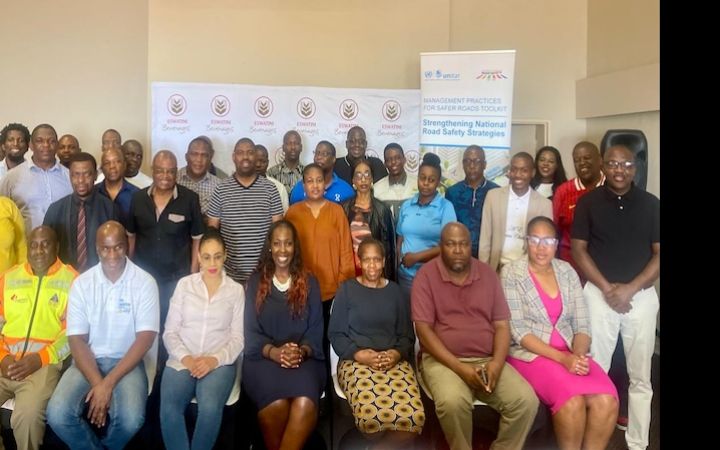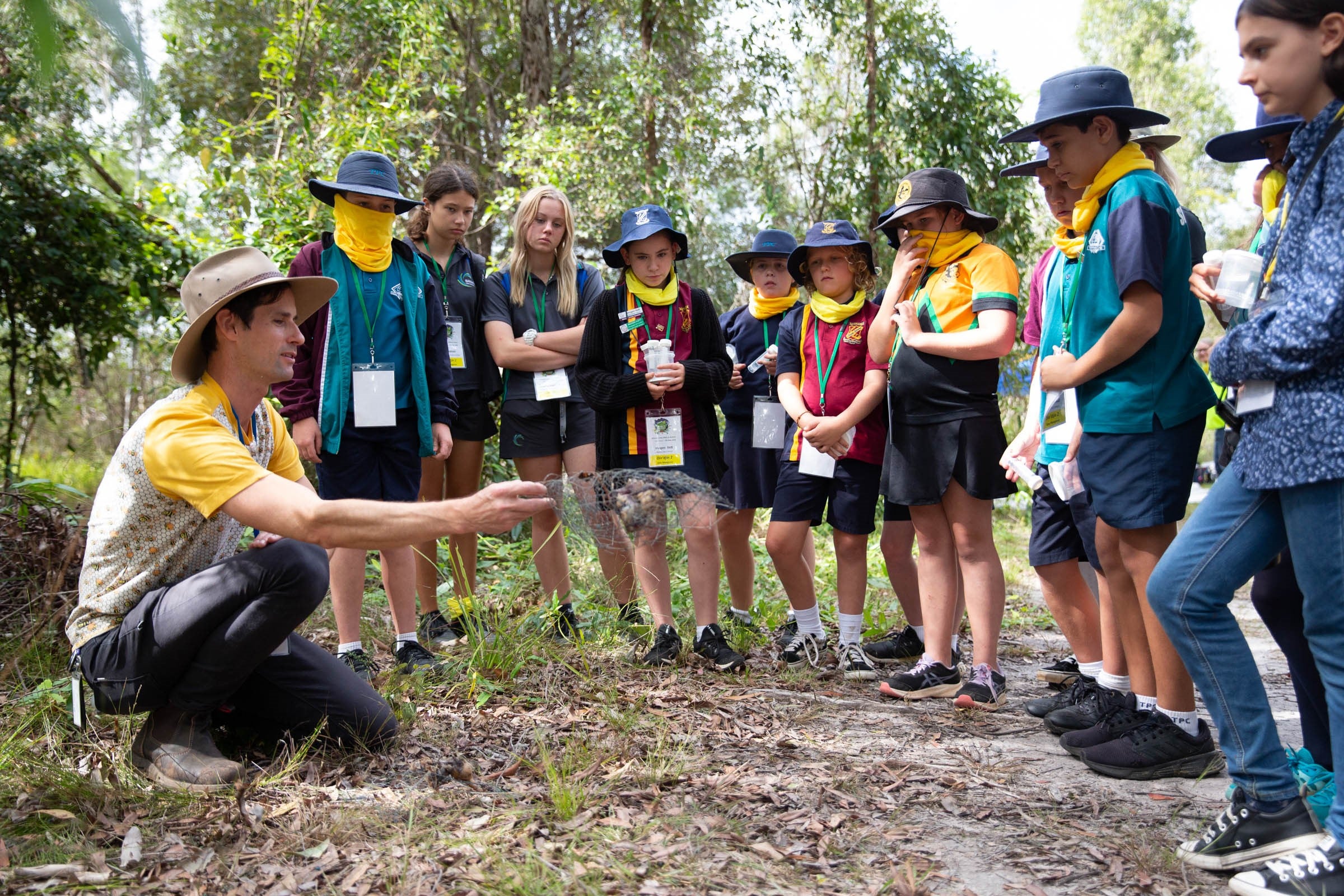The Morrison Government continues to support farmers facing hardship as drought and flood hit farmers in various parts of our nation, whilst aiming to boost our exports.
The Government is providing $6.3 billion in assistance and concessional loans to support those affected by drought and $3.3 billion to support those affected by flood.
This includes expanding the ³Ô¹ÏÍøÕ¾ Water Infrastructure Development Fund and establishing a new $5 billion Future Drought Fund to support drought resilience projects.
In the 2019-20 Budget, flood-affected farmers in north Queensland will have access to $300 million in grants to rebuild farm infrastructure, replace livestock and replant crops. This will provide family farmers with up to $400,000 for restocking, replanting and on-farm infrastructure across two new grants.
The Government continues to support farmers receiving Farm Household Allowance. From 1 July 2019 farmers on FHA will be able to discount or exempt the sale of livestock from the FHA income test when it’s invested in a Farm Management Deposit. This will ensure that farmers who are destocking are able to retain access to income support and are able to make long-term financial plans for their future.
Australia’s agriculture industry has been given another boost by the Morrison Government, with $29.4 million worth of measures that target sectors with high export growth potential.
Minister for Agriculture and Water Resources David Littleproud said the Government continues to target investment where it would bring the biggest boost to agriculture.
“This investment will get Australian food and fibre to more customers around the world,” Minister Littleproud said.
“We produce the best food and we need to give our farmers as many markets as possible to send it to. Free trade deals decide the tariffs but we still need to negotiate protocols to send our produce across which satisfy the importing country we won’t bring pests or disease.
“This package includes $11.4 million to break through the technical and scientific trade barriers so Australian fruit and vegetables can get market access into more countries, faster.
“We only export 18 per cent of our horticultural produce, so there is big potential to grow.
“We’re also getting behind boutique producers with a four year extension to the Package Assisting Small Exporters worth $6.1 million to build on its success.
“This helps small exporters across the sector get market access for high-value goods.
“Grants can go towards developing systems to meet overseas food safety and quality standards, tailoring products to foreign markets and solutions to technical barriers.
“The government will continue to pursue free trade agreements which have tremendous potential for Australian agriculture through tariff reductions.
“The Government is also investing $6.8 million over four years to extend the Agricultural Trade and Market Access Cooperation (ATMAC) program – an initiative of the Agricultural Competitiveness White Paper.
“The ATMAC program is there for large industries and producers.
“It has successfully broken down technical trade barriers and improved access to premium markets returning dividends for our farmers.
“It funds projects to maintain biosecurity, influence regional and international policymaking and ultimately open, improve and maintain market access for Australian producers.
“The ATMAC program will help us to build and maintain important trading relationships and recognise what’s important to our trading partners.
“Overseas markets are crying out for Australian food – it’s simply a matter of making sure we meet overseas expectations when we send it.
“Some $5.1 million will be invested to identify key barriers to trade in high export markets and then remove them. This will be done through the Enhancing Industry Action on non-tariff measures program through work with industry and importing countries. The funding will deliver 11 sector-specific reports to identify the non-tariff barriers to be targeted.
“Trade is key to growing our agricultural sector and if we reach the goal of $100 billion over the next decade this will set us up with more jobs and opportunity for our kids.
“We will also continue to support market access requests and enhanced food safety to ensure we capture the gains from new free trade agreements, meet importing country requirements and maintain our clean, green reputation.”
The Department of Agriculture and Water Resources Portfolio Budget Statements is available at .
Fast facts:
- In the agriculture portfolio since 1 January 2016, we have had 107 key market access gains or restorations, along with 94 key market access improvements or actions to maintain market access.
- Horticulture exports are forecast to exceed $3 billion in 2018–19, an increase of over $1b since 2014–15. This makes it the fastest growing agricultural sector over this period, one that provides around 73,000 jobs nationally.








